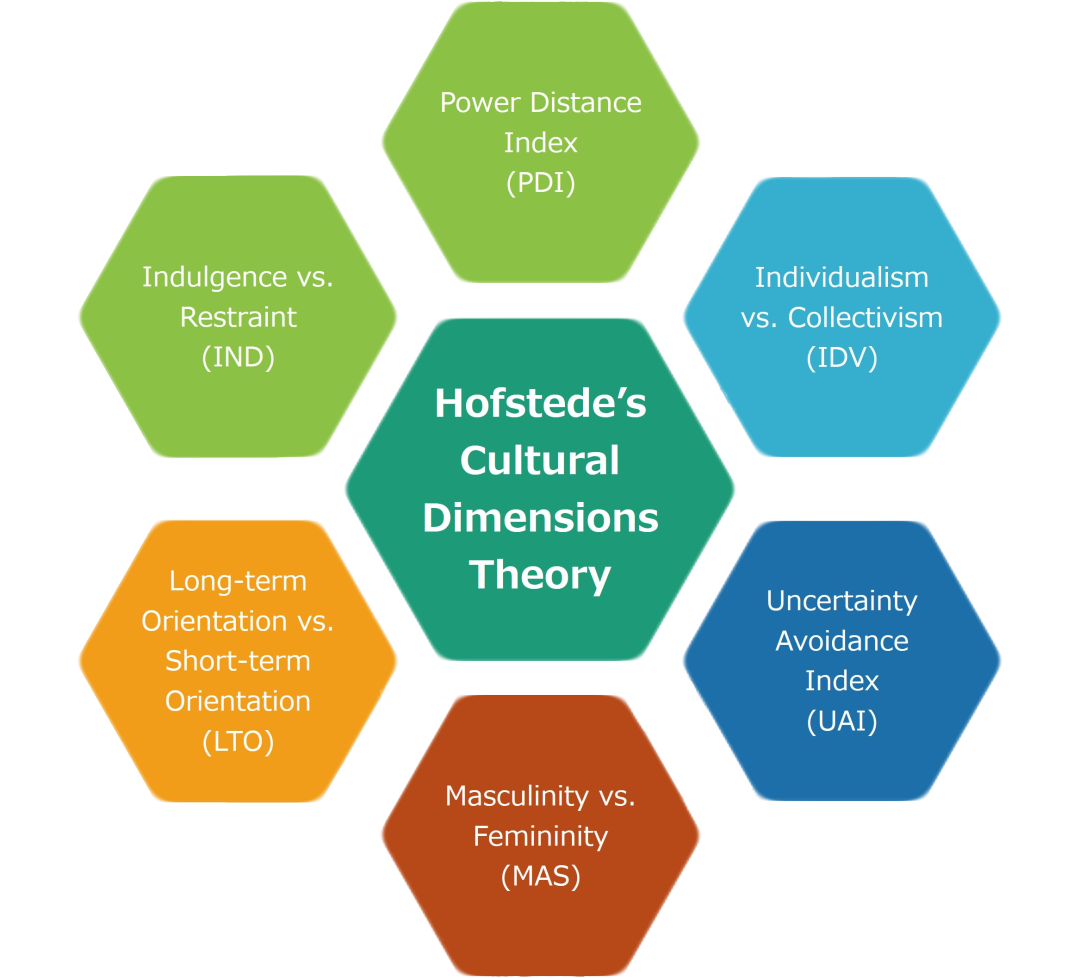Lorenzo Pereira’s Journey Through Dutch and Thai Cultures
In Bangkok, Lorenzo found himself in a rather amusing situation during his early days as an expat. Eager to embrace the Thai culture, he decided to surprise his new colleagues at Megachef, a company renowned for its premium Asian sauces, with a traditional Dutch treat – a hearty serving of ‘drop’ (licorice-flavored candy). However, what he envisioned as a delightful cultural exchange soon turned into a comical misunderstanding. Lorenzo was met with perplexed expressions and hesitant smiles as he proudly presented his ‘dropjes’. It turns out that the Thai palate leans towards spicy and savory flavors, making ‘drop’ a somewhat unfamiliar delicacy. At that moment, Lorenzo realized the fascinating intricacies of cultural differences and the importance of navigating them with grace and humor.
Lorenzo’s journey as an expat in Thailand marked the beginning of a remarkable adventure. Having already experienced life in Asian countries, this time, he was fully immersed in Thai culture while working at Megachef. In this article, we’ll delve into Lorenzo’s unique perspective, using Geert Hofstede’s Cultural Dimensions as our lens to understand the cultural intricacies he encountered. From power distance to indulgence versus restraint, we’ll explore how these dimensions shed light on Lorenzo’s experiences, revealing the beauty and challenges of Blurring the Borders between Dutch and Thai cultures. Join us on this insightful journey of cultural exploration and self-discovery.
The Dutch and Thai Cultural Landscape
Dutch culture weaves a vibrant tapestry, defined by pragmatism, egalitarianism, and directness. Individualism, personal autonomy, and open communication hold profound importance in the Netherlands, thriving on flat hierarchies that respect every voice. Punctuality and precision are revered pillars of Dutch life, whether in business or social settings. In stark contrast, Thai culture harmonizes as a symphony of collectivism, tradition, and the paramount concept of “face.” Thailand cherishes strong family bonds, fostering group harmony, and maintaining polite, non-confrontational interactions. The cultural cornerstone is “saving face,” avoiding embarrassment and conflict. Hofstede’s dimensions become invaluable as we delve deeper into these intricacies, offering a structured framework to comprehend and navigate these distinct worlds. This framework is vital for fostering cross-cultural understanding and facilitating effective adaptation, unveiling the significance of Hofstede’s dimensions in bridging cultural divides.
Lorenzo’s Personal Experiences
Lorenzo’s expat journey in Thailand began a remarkable adventure as he fully immersed himself in Thai culture while working at Megachef. His cultural embrace led to encounters with surprises and misunderstandings, such as the amusing ‘dropjes’ incident that puzzled Thai colleagues. He also learned the art of “saving face” in the Thai workplace, punctuating his journey with moments of adaptation and cultural immersion. Throughout his time in Thailand, Lorenzo displayed remarkable empathy, actively participating in cultural celebrations like Songkran, and demonstrating a deep commitment to understanding and respecting Thai customs. He gracefully adapted to Thai work practices, recognizing the importance of hierarchy and indirect communication. Lorenzo’s experiences emphasized the rich tapestry of cultural distinctions between the Netherlands and Thailand, laying the groundwork for further exploration through Hofstede’s dimensions.
Applying Hofstede’s Cultural Dimensions
In the world of cross-cultural understanding, Geert Hofstede’s Cultural Dimensions framework serves as a guiding light through the complex landscape of cultural diversity. As we delve into the cultural distinctions between the Netherlands and Thailand, we’ll employ Hofstede’s dimensions as our compass, illuminating the path ahead. These dimensions offer us a structured framework to examine and compare the subtle nuances of each culture.
Hofstede’s 6 Dimensions of Culture
In the Netherlands, there is a prevailing sense of egalitarianism and a more equal distribution of power. People question authority and favor a flatter hierarchy. In contrast, Thailand embraces a hierarchical structure with a significant power gap. Authority is accepted without much question, reflecting a higher power distance.
The Netherlands leans towards individualism, where personal autonomy, independence, and individual achievement are cherished. In Thailand, a stronger collectivist orientation prevails. Group harmony, strong family ties, and collective goals are prioritized over personal interests.
While the Netherlands exhibits more femininity, emphasizing nurturing, cooperation, and quality of life, Thailand showcases a more masculine orientation, emphasizing assertiveness, ambition, and material success.
In the realm of uncertainty avoidance, the Netherlands thrives in ambiguity, embracing flexibility, adaptability, and a higher tolerance for uncertainty. Thailand, on the other hand, prefers structure, rules, and a preference for familiar and predictable situations, demonstrating a higher uncertainty avoidance.
The Netherlands emphasizes long-term planning, perseverance, and respect for tradition, reflecting a long-term orientation. In contrast, Thailand leans more towards a short-term orientation, focusing on immediate results, adaptability, and responsiveness to current circumstances.
Regarding indulgence vs. restraint, the Netherlands embraces personal fulfillment and self-expression, indulging in life’s pleasures. In contrast, Thailand’s cultural norms lean towards restraint, emphasizing self-discipline, modesty, and the suppression of gratification.
Through the lens of Hofstede’s dimensions, we navigate the rich cultural tapestry of the Netherlands and Thailand. These dimensions highlight differences and pave the way for greater cross-cultural understanding. Our journey fosters cultural intelligence and bridges gaps in our interconnected world.
Lessons Learned and Cultural Adaptation
Lorenzo Pereira’s journey through Dutch and Thai cultures highlights the need for empathy and adaptability in bridging cultural differences. His ‘dropjes’ incident and active engagement in Thai customs showcase the importance of understanding and respecting different cultural norms. Exploring Dutch and Thai cultures, we discovered disparities in values and communication styles. Geert Hofstede’s Cultural Dimensions framework provided valuable insights into these nuances, aiding in cross-cultural comprehension. In summary, Lorenzo’s experiences underscore the power of intercultural skills. His journey emphasizes the significance of cultural adaptation and the role of frameworks like Hofstede’s dimensions in fostering cross-cultural understanding in our globalized world.


